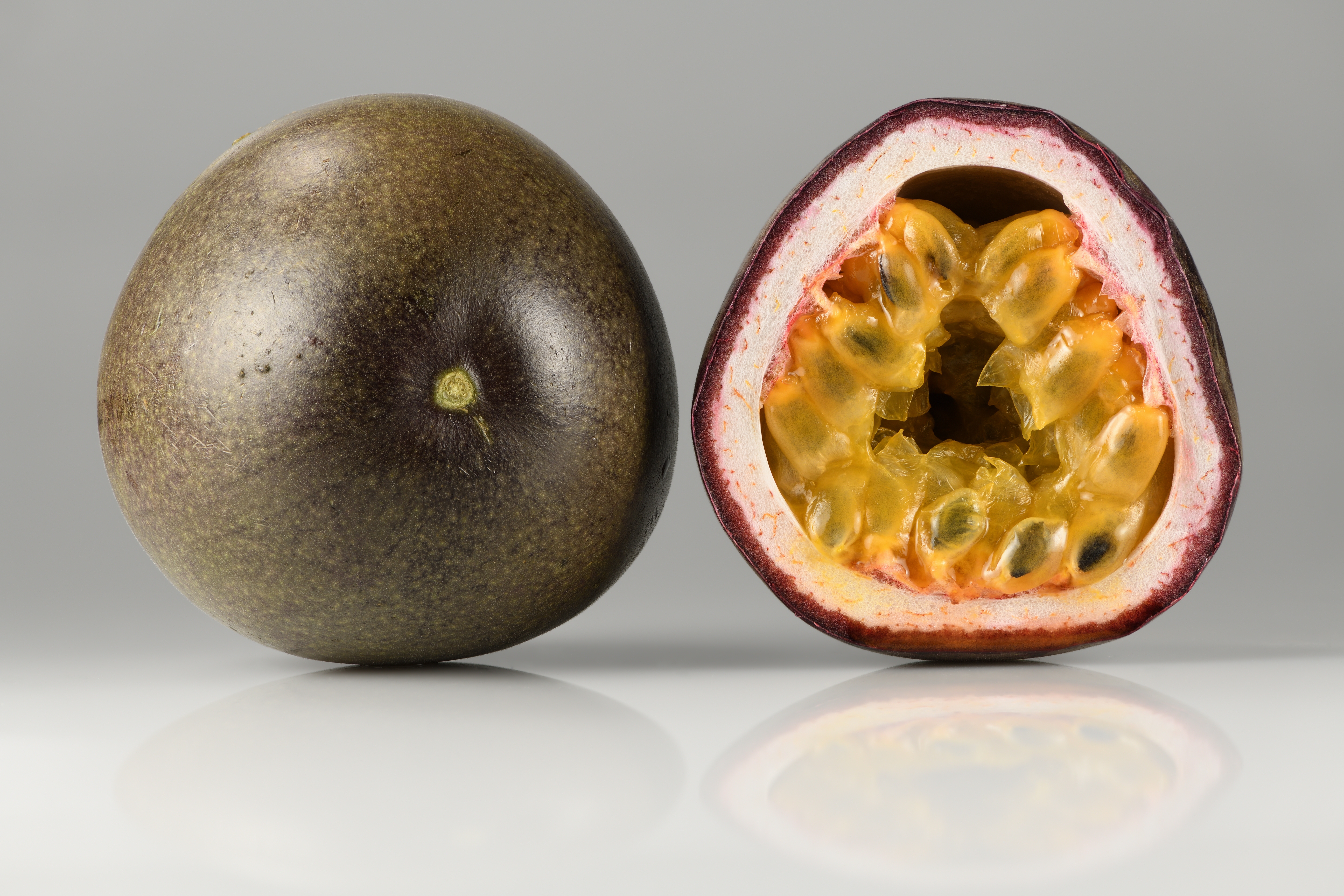|
Passiflora Vesicaria
''Passiflora vesicaria'' is a species of plant in the family Passifloraceae. It was first described by Linnaeus, later synonymized with ''Passiflora foetida'' as the varieties ''Passiflora foetida'' var. ''glabrifolia'', ''P. foetida'' var. ''hispida'', and ''P. foetida'' var. ''isthmia''. Vanderplank restored it to full species status in 2013. Description Like most ''Passiflora'' species, ''P. vesicaria'' is a climbing vine. The leaves are three-lobed with a serrate margin; the fowers are solitary with pinnatisect bracts and the corona in several rings. It is distinguished from P. foetida by having red instead of green fruit. Range ''Passiflora vesicaria'' is native to Central and South America, including Brazil, Bolivia, Peru, Ecuador, Colombia, Venezuela, Suriname, French Guiana, Gyuana, Panama and Costa Rica; and to several Caribbean islands including Trinidad and Tobago, the Windward Islands, Leeward Islands, Puerto Rico, Jamaica, and Cuba. The variety ''P. vesicaria'' var. ... [...More Info...] [...Related Items...] OR: [Wikipedia] [Google] [Baidu] |
Species
A species () is often defined as the largest group of organisms in which any two individuals of the appropriate sexes or mating types can produce fertile offspring, typically by sexual reproduction. It is the basic unit of Taxonomy (biology), classification and a taxonomic rank of an organism, as well as a unit of biodiversity. Other ways of defining species include their karyotype, DNA sequence, morphology (biology), morphology, behaviour, or ecological niche. In addition, palaeontologists use the concept of the chronospecies since fossil reproduction cannot be examined. The most recent rigorous estimate for the total number of species of eukaryotes is between 8 and 8.7 million. About 14% of these had been described by 2011. All species (except viruses) are given a binomial nomenclature, two-part name, a "binomen". The first part of a binomen is the name of a genus to which the species belongs. The second part is called the specific name (zoology), specific name or the specific ... [...More Info...] [...Related Items...] OR: [Wikipedia] [Google] [Baidu] |
Passifloraceae
The Passifloraceae are a family of flowering plants, containing about 750 species classified in around 27 genera. They include trees, shrubs, lianas, and climbing plants, and are mostly found in tropical regions. The family takes its name from the passion flower genus (''Passiflora'') which includes the edible passion fruit (''Passiflora edulis''), as well as garden plants such as maypop and running pop. ''Passiflora'' vines and '' Dryas iulia'' (among other heliconian butterflies) have demonstrated evidence of coevolution, in which the plants attempted to stop their destruction from larval feeding by the butterflies, while the butterflies tried to gain better survival for their eggs. The former Cronquist system of classification placed this family in the order Violales, but under more modern classifications systems such as that proposed by the Angiosperm Phylogeny Group, this is absorbed into the Malpighiales and the family has been expanded to include the former Malesherb ... [...More Info...] [...Related Items...] OR: [Wikipedia] [Google] [Baidu] |
Passiflora Foetida
''Passiflora foetida'' (common names: stinking passionflower, wild maracuja, bush passion fruit, wild water lemon, stoneflower, love-in-a-mist, or running pop) is a species of passion flower that is native to the southwestern United States (southern Texas and Arizona), Mexico, the Caribbean, Central America, and much of South America. It has been introduced to tropical regions around the world, such as Southeast Asia, South Asia, Hawaii, Africa, and The Maldives. It is a creeping vine like other members of the genus, and yields an edible fruit. The specific epithet, ''foetida'', means "stinking" in Latin and refers to the strong aroma emitted by damaged foliage. This passion flower tolerates arid ground, but favours moist areas. It is known to be an invasive species in some areas. This plant is also a widely grown perennial climber, and has been used in traditional medicine. Description The stems are thin and wiry, and are covered with minute sticky yellow hairs. Older stems b ... [...More Info...] [...Related Items...] OR: [Wikipedia] [Google] [Baidu] |
Galápagos Islands
The Galápagos Islands () are an archipelago of volcanic islands in the Eastern Pacific, located around the equator, west of the mainland of South America. They form the Galápagos Province of the Republic of Ecuador, with a population of slightly over 33,000 (2020). The province is divided into the Cantons of Ecuador, cantons of San Cristóbal Island, San Cristóbal, Santa Cruz Island (Galápagos), Santa Cruz, and Isabela Island (Galápagos), Isabela, the three most populated islands in the chain. The Galápagos are famous for their large number of Endemism, endemic species, which were studied by Charles Darwin in the 1830s and inception of Darwin's theory, inspired his theory of evolution by means of natural selection. All of these islands are protected as part of Ecuador's Galápagos National Park and Galápagos Marine Reserve, Marine Reserve. Thus far, there is no firm evidence that Polynesian expansion, Polynesians or the indigenous peoples of South America, Indigenous pe ... [...More Info...] [...Related Items...] OR: [Wikipedia] [Google] [Baidu] |
Passiflora
''Passiflora'', known also as the passion flowers or passion vines, is a genus of about 550 species of flowering plants, the type genus of the family Passifloraceae. ''Passiflora'' species are widely cultivated for their striking flowers, flavorful fruits, traditional medicinal uses, and roles in dietary supplements and ayahuasca analogs, with several ornamental hybrids earning Royal Horticultural Society awards. Description They are mostly tendril-bearing vines, with some being shrubs or trees. They can be woody or herbaceous. Passion flowers produce regular and usually showy flowers with a distinctive corona. There can be as many as eight concentric coronal series, as in the case of '' P. xiikzodz''. and '' Passiflora alata''. The hallmark of the genus is the androgynophore, a central column to which the stamens and pistil are attached, which can be very long in some species such as '' Passiflora coactilis''. The flower is pentamerous (except for a few Southea ... [...More Info...] [...Related Items...] OR: [Wikipedia] [Google] [Baidu] |


